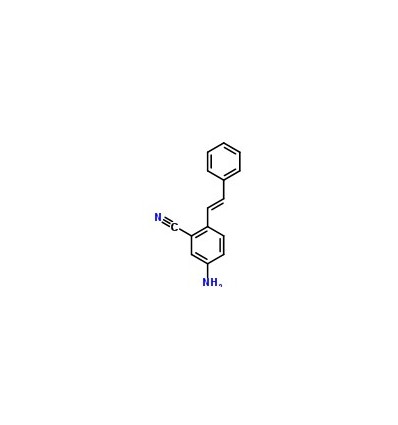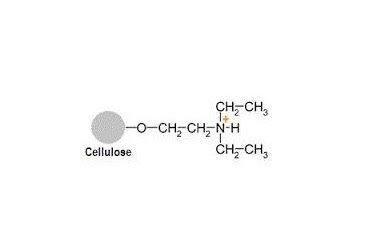Everything you should know about Bovine Serum Albumin
Bovine serum albumin is a serum albumin protein isolated from cows. Bio Pherotics generates BSA in diverse formats for use in immunology, biochemistry, as well as biotechnology. BSA immunoassay applications comprise ELISA (Enzyme-Linked Immunosorbent Assay), immunoblots (Western blot and dot blot), as well as immunocytochemistry (immunohistochemistry and immunofluorescence microscopy). BSA (often from a fetal bovine source) is also utilized as a nutrient in cell and microbial civilization.
In molecular biology, BSA is utilized to steady some
constraint enzymes during digestion of DNA as well as to prevent adhesion of
the enzyme to reaction tubes, pipet tips, along with other vessels. BSA is
considered to be a worldwide blocking reagent in numerous applications—this is
because BSA does not influence the functions of other proteins (enzymes) that
do not need it for stabilization. BSA is also frequently utilized to determine
the quantity of other proteins, by comparing an unidentified quantity of
protein to known amounts of BSA in, for instance, the Bradford Protein Assay.
BSA is used because of its constancy to increase signal in assays, its lack of
effect in many biochemical reactions, as well as its low cost, since large
quantities of it can be voluntarily purified from bovine blood, a byproduct of
the cattle industry.




Comments
Post a Comment